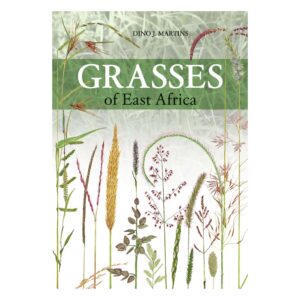In the semi-arid landscape of Kajiado County, about 95km south of Nairobi, lies Kwenia: a place of ‘massive cliffs and intimidating valleys‘. Besides their alluring scenery and hiking appeal, the cliffs of Kwenia play a crucial role in keeping one of Africa’s most threatened birds alive. The Critically Endangered Rüppell’s Vultures breed in these cliffs.
“These cliffs are important to vultures and other birds of prey,” says Jackson William from Kilonito, who is familiar with the cliffs and appreciates their role in vulture conservation.
William is one of the two community members Nature Kenya is engaging to enhance vulture conservation efforts in the Kwenia Important Bird Area (IBA). These community members, referred to as vulture volunteers, assist in collecting information on vulture sightings, breeding and nesting and wildlife poisoning.
“Working closely with communities at key vulture sites like Kwenia, one of the nesting sites for Rüppell’s Vultures, is critical to our conservation work. The communities are better placed to relay first-hand information on vultures given that they live there,” says Paul Gacheru, the Nature Kenya Species and Sites manager. Data gathered from vulture volunteers is used to inform future conservation actions, adds Gacheru.
In July, William and the other Kwenia community members were taken through a four-day exercise to induct them into site monitoring activities that was organized by Nature Kenya. During the four days, this team traveled through Kwenia IBA and identified eight potential places for future monitoring. These were Empalulu, Igulukotk Naiboro, Kwenia, Kilonito, Inaudat, Paranae and Singerine cliffs. Rüppell’s and Egyptian vultures and other birds of prey, including Martial and Verreaux’s eagles, were sighted in some areas.
Vulture were observed perched and flying above three cliffs: Empalulu, Kwenia and Kilonito. Kwenia Cliff had the highest number of Rüppell’s Vultures recorded. Little vulture activity was observed in Paranae and Igulukotk Naiboro cliffs, though they exhibited potential for roosting and breeding for Rüppell’s Vultures.
William’s knowledge of the Kwenia terrain came in handy in directing the team to potential vulture nesting and roosting sites. Jackson also took time to explain the importance of conserving vultures and the threats facing them to Maasai herders that the team encountered along the way.
“It is important to educate the community about vultures, especially here in Kwenia where they breed. This area is a good habitat for vultures. I am happy to be part of the positive change Nature Kenya is bringing to this area to save these special birds,” says William.
Nature Kenya is engaging 65 vulture volunteers in Kwenia, Amboseli, Mosiro and Maasai Mara landscapes in Kajiado and Narok counties. The vulture volunteers have been trained and equipped with binoculars and smartphones to gather vulture-related information. These individuals also conduct anti-wildlife poisoning awareness creation activities at their sites. Poisoning of carnivores after an attack on livestock has been singled out as the main cause of vulture deaths in Kenya, with six out of eight species found here facing extinction.

